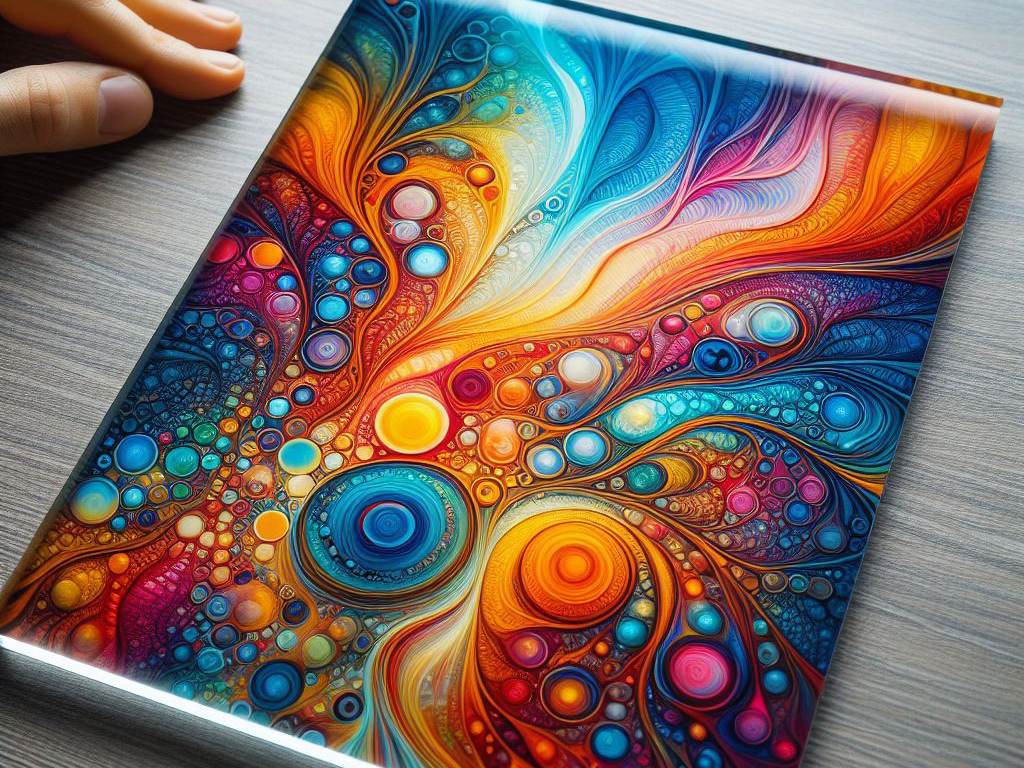Can You Sublimate On Acrylic?
Sublimation printing has revolutionized the way we transfer designs onto various materials, offering vibrant colors and long-lasting results. This technique, primarily associated with fabrics and ceramics, has expanded its horizons to include a wider range of substrates. One question that often arises is whether you can sublimate on acrylic. This article explores the possibility of sublimation on acrylic, the process involved, and tips for achieving the best results.
Understanding Sublimation on Acrylic
Sublimation on acrylic is not only possible but also produces stunning visuals that are both durable and visually appealing. Acrylic, known for its clarity, durability, and flexibility, provides a unique medium for sublimation printing, allowing for the creation of a wide range of personalized items such as awards, signs, and decorative pieces.
The Process of Sublimation on Acrylic
Sublimating on acrylic involves a slightly different process compared to traditional substrates like fabric. Here’s a general overview:
- Preparation of the Acrylic Surface: Unlike textiles, acrylic needs to be prepared to accept the sublimation ink. This preparation might include cleaning the surface thoroughly and sometimes applying a special coating that can adhere to the inks.
- Image Printing: The desired image is printed in reverse onto a special sublimation paper using sublimation ink.
- Heat Press: The printed image on the sublimation paper is then placed against the acrylic surface. Using a heat press, heat and pressure are applied, allowing the sublimation ink to transition from a solid to a gas without becoming liquid. This gas permeates the surface of the acrylic.
- Cooling: After the heat press, the acrylic is allowed to cool. As it cools, the gas reverts to a solid state, embedding the image within the acrylic.
Tips for Successful Sublimation on Acrylic
- Use the Right Type of Acrylic: Ensure the acrylic is suitable for sublimation. Some acrylics are specifically designed to be sublimation-friendly.
- Correct Temperature and Pressure: Acrylic has a lower tolerance for heat compared to other materials. It’s essential to find the right balance of temperature and pressure that transfers the ink effectively without warping the acrylic.
- Protective Paper or Film: Use protective paper or a thin film to prevent the acrylic from sticking to the heat press.
- Trial and Error: Due to the variability in acrylic materials and thickness, it may take a few attempts to perfect the process.
Conclusion
Sublimation on acrylic opens up a new realm of possibilities for creating personalized and professional items that stand out, a technique that companies like Triboro Printing have mastered. While the process requires a bit of adjustment and experimentation, the results are well worth the effort, yielding vibrant, high-quality images embedded within durable acrylic. Whether for personal projects or commercial products, sublimating on acrylic is an exciting technique to explore for anyone looking to expand their creative horizons. With the expertise of Triboro Printing, achieving stunning, professional results has never been more accessible.




